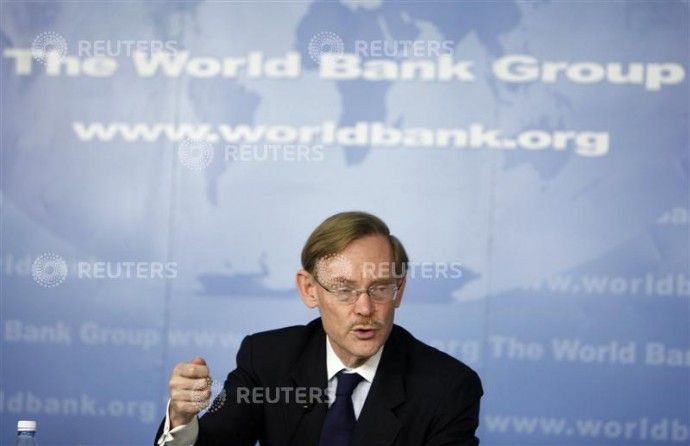Capital flows to developing countries dropped 20% in 2009: World Bank

Net global capital flows to developing countries fell by 20 percent in 2009 to $598 billion (which accounted for 3.7 percent of gross national income [GNI]), from $744 billion in 2008 (4.5 percent of GNI) and amounted a little over half the 2007 peak of $1.11 trillion, according to data released today by the World Bank.
The decline was yet another manifestation of the global financial crisis.
The World Bank indicated that global private flows (debt and equity) declined by 27 percent in 2009 despite a rebound in bond issuance, portfolio equity flows, and (mostly trade-related) short-term debt flows.
Moreover, foreign direct investment (FDI) inflows across the globe fell by 40 percent, to $354 billion -- the sharpest drop in 20 years.
“All the largest recipients of FDI saw net inflow declines in 2009,” World Bank said.
“Net debt flows from private creditors dropped by 70 percent from $182 billion in 2008 to $59 billion the following year, driven by the collapse in medium-term commercial bank lending to public and private borrowers.”
However, reflecting the increased support to developing countries during the crisis, net capital inflows (loans and grants) from official creditors increased by 50 percent to $171 billion in 2009.
“This was driven by a sharp rise in gross disbursements on new loans extended by the international financial institutions,” The World Bank indicated.
“These rose to $98 billion (from $61 billion in 2008) in calendar year 2009, of which $31 billion came from [The International Bank for Reconstruction and Development] and International Development Association [IDA], the highest in the history of these institutions.”
By region, the picture is quite divergent.
Capital flows to Europe and Central Asia were the most severely affected by the global economic crisis. The combined debt and equity flows plummeted 66 percent in 2009 from $411 billion in 2007 (15.8 percent of GNI) to $90 billion (3.6 percent of GNI).
By contrast, East Asia and the Pacific region recorded a moderate 4 percent rise in net capital flows from 2008 to $191 billion in 2009, although they remained constant in terms of share of GNI (3.1 percent).
The Latin America and the Caribbean region saw net capital flows continue their downward spiral in 2009. They fell by 6 percent in 2009 to $167 billion but remained at the same level as 2008 in relation to GNI, 4.3 percent.
The Middle East and North Africa region recorded the sharpest rise among all regions for net capital inflows in 2009. Capital inflows rose 33 percent to $28 billion, driven by new official and private borrowing.
South Asia also saw net capital flows increase sharply in 2009. Capital flows were up from the previous year by 26 percent to $78 billion, primarily because of a “remarkable” $37 billion turnaround in portfolio equity flows.
The Sub-Saharan Africa region received the highest net capital inflows of any region in 2009 in relation to GNI, 5.2 percent. Net capital flows rose 16 percent to $45 billion, driven by a resurgence of portfolio equity inflows and a doubling of net debt inflows from official creditors.
© Copyright IBTimes 2025. All rights reserved.





















